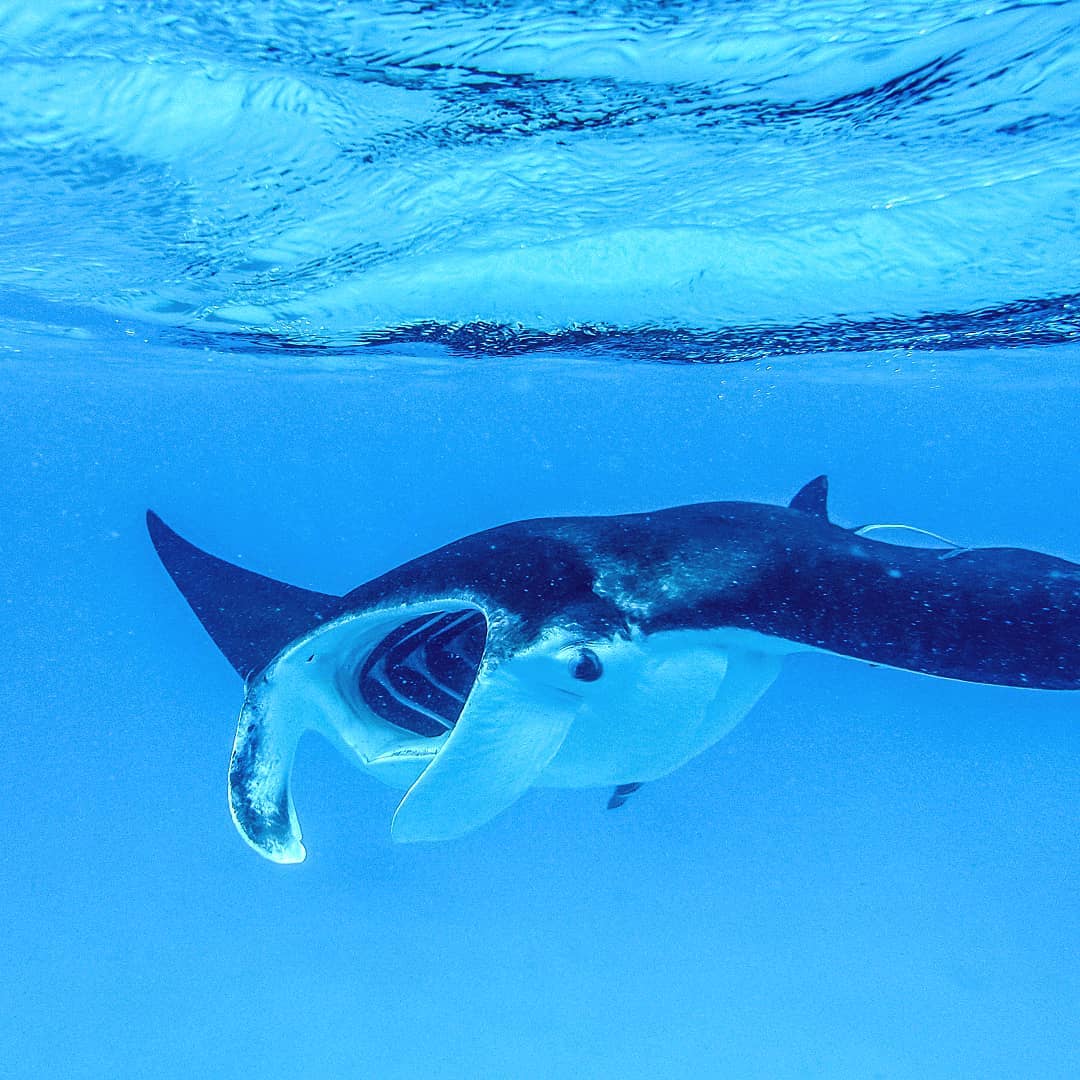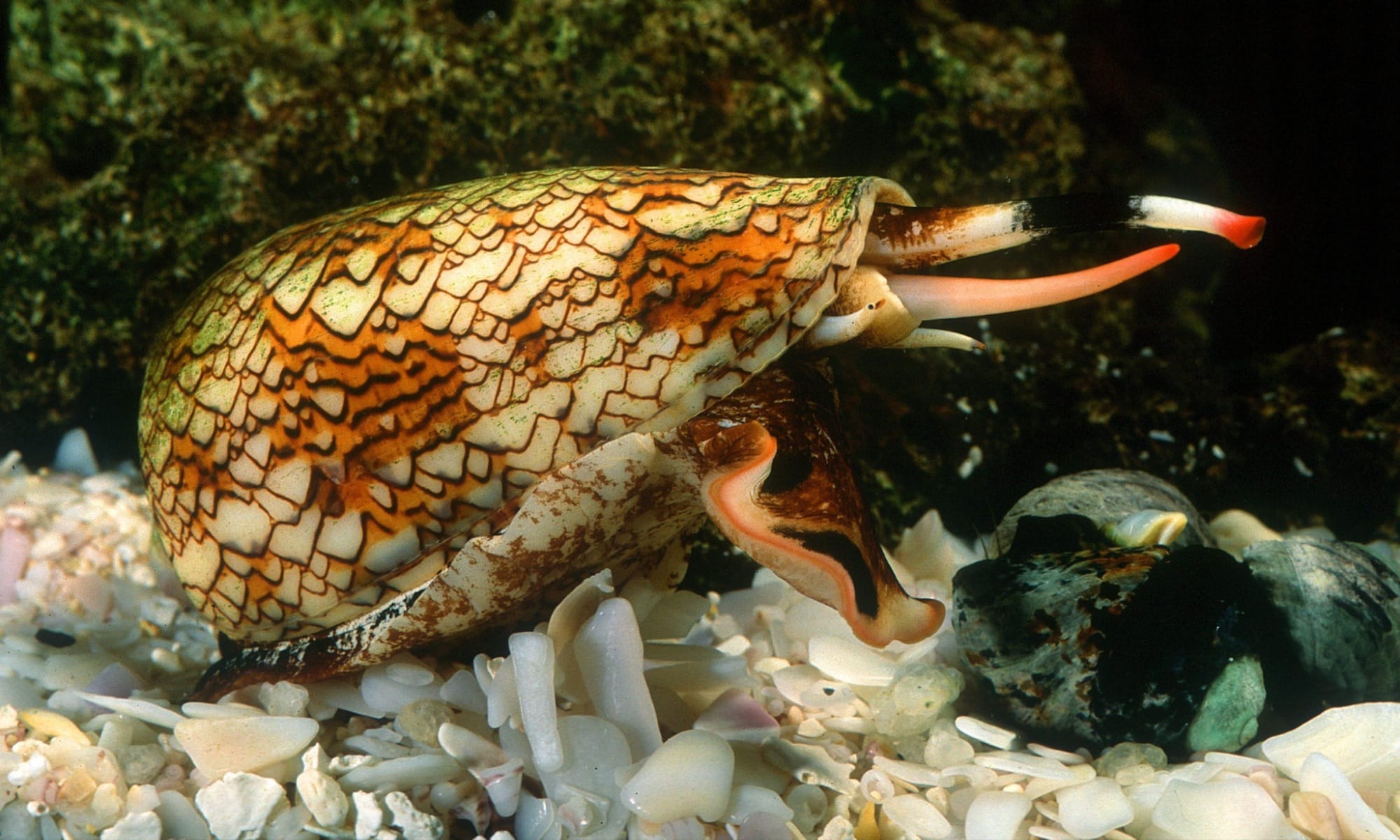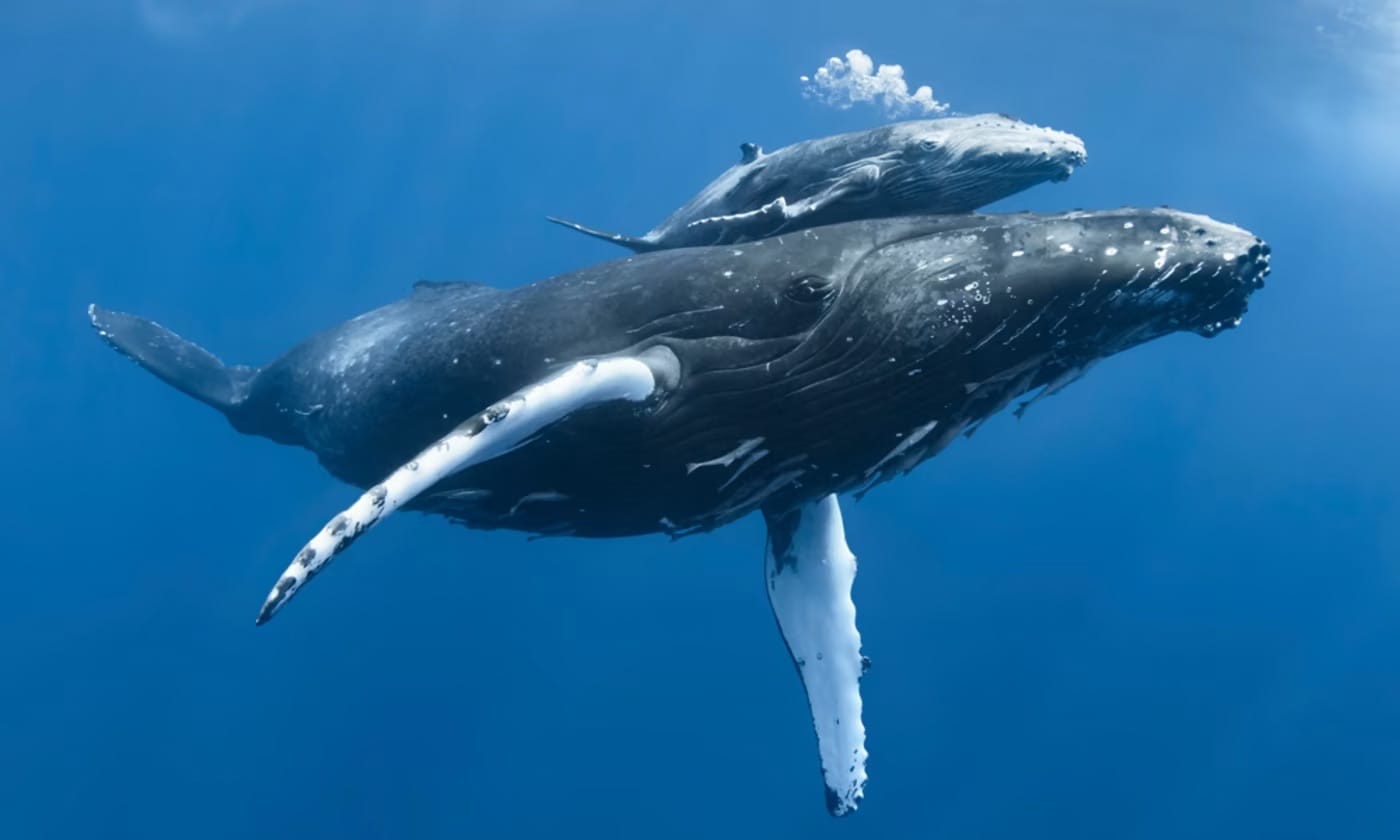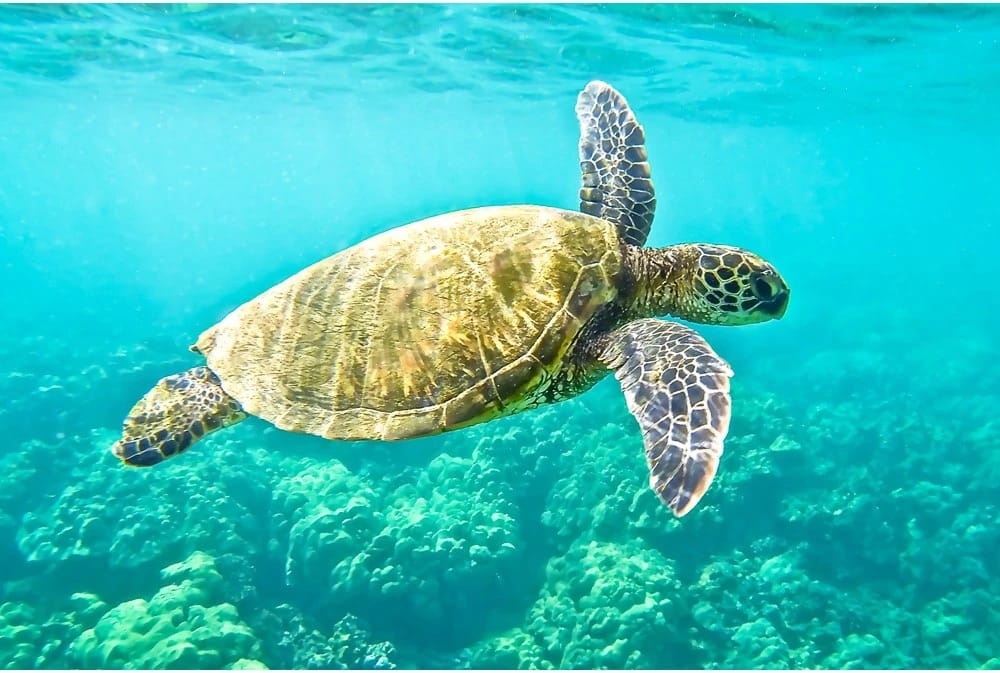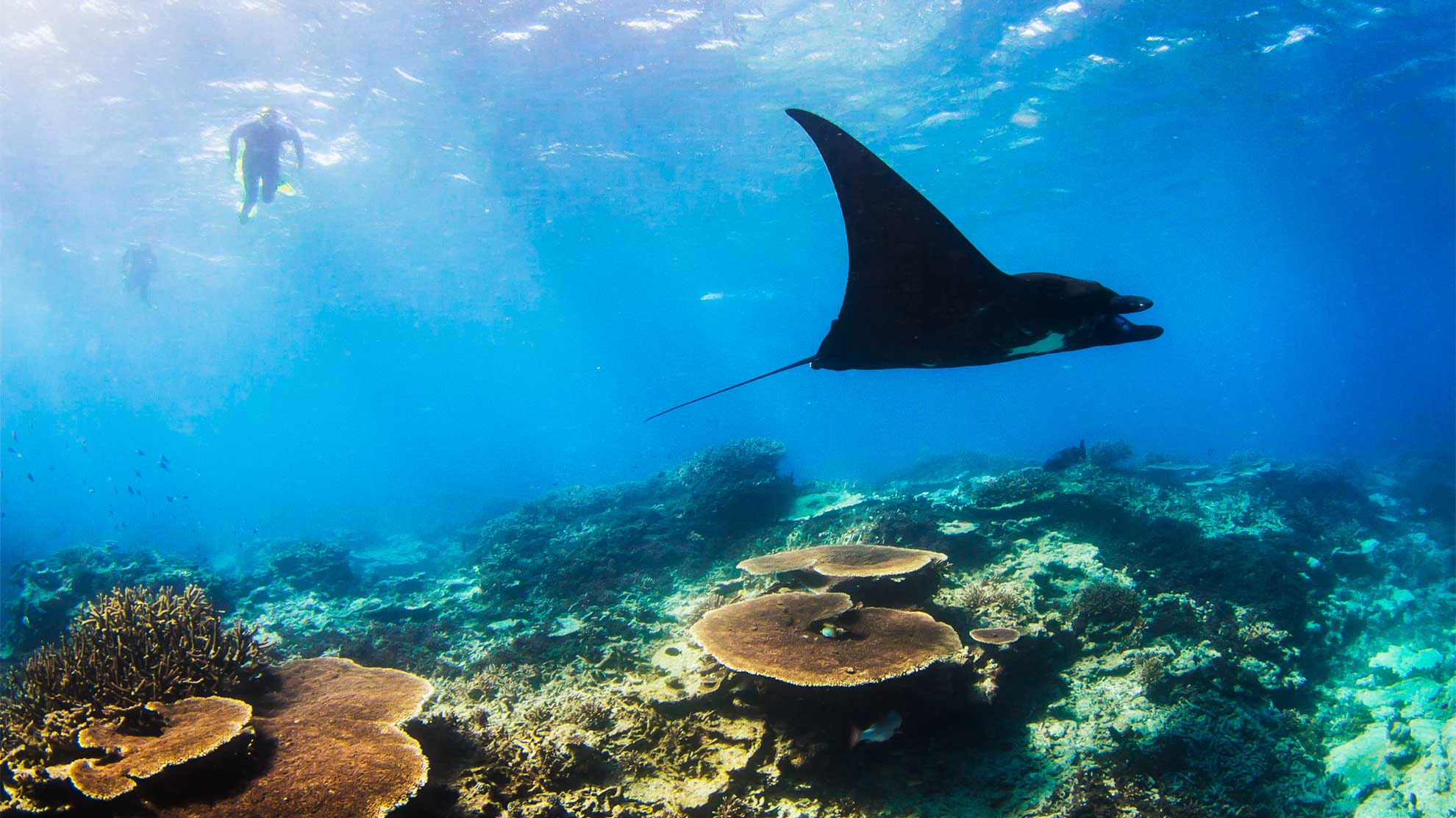Large, flat and oddly shaped, these fish are named for their unique appearance, ‘Manta’ meaning blanket or cloak in Spanish. Sporting famously long pectoral fins, these iconic creatures can be spotted in numerous regions of the Great Barrier Reef.
They are filter feeders of krill and zooplankton, they are often seen forming long chains and swimming in circles to create a spiral effect, catching food in their wake.
Along with dolphins, primates, and elephants, Manta Rays have demonstrated high levels of intelligence and long term memory, able to map their environment using sight and smell.
Mantas are amongst the largest fish in the ocean with a wing span of up to 7 metres and weighing up to two tonnes. Despite their size, manta rays are completely harmless to humans. Manta rays have the largest brain to body weight ratio of any living fish. Their underside markings are unique to the individual – like a person’s fingerprint.
Giving birth approximately every 2 years, female mantas usually bear one ‘pup’. After 12-13 months of pregnancy, they birth live young who are fully equipped to live independent of their parent. These baby mantas will live up to 50 years in the wild.
Manta rays are also very particular when it comes to hygiene, making regular stops at Reef ‘cleaning stations’. These special spots on the Reef are generally run by smaller wrasse, who clean dead skin and parasites off the bodies of visiting animals. Mantas will patiently wait for an entire hour while these cleaners go to work, often returning to the same location time and time again.
Overfishing is the most direct threat to species survival. Their long lifespan and slow reproduction rate means overfished populations are unable to recover properly. Additionally, Poor water quality, sediment run-off, pollution, rising temperatures and a changing climate are just some of the threats adversely affecting their Reef habitat. As this complex ecosystem struggles to cope, Manta Rays are losing their once pristine home.
Manta Ray’s at Lady Musgrave Island with 1770reef
The gracefulness of the Manta Ray is truly a thing of beauty. They are a giant of the ocean and can reach a disc size of up to 7metres, averaging around 4.5 metres.
Coming in at Number #2 on the Great 8 of our Great Barrier Reef’s living icons is the Manta Ray and you may have to chance to get up close and personal while snorkelling the pristine waters of Lady Musgrave Lagoon.
Did you know?
The Manta Ray has the largest brain to body size ration of any living fish which makes them quite inquisitive around snorkellers and divers, coming up to “inspect” what you are up to.
How fast can they go?
The flapping in Mantas can generate incredible amount of propulsion. A 4.5 metre Manta can travel at around 14 kilometres per hour with bursts of up to 35 kilometres per hour.
You can name one as well.
If you get a chance to swim with the Manta take a photo of its underbelly. No two Mantas have the same markings. If it is identified as a “new” sighting, you can name it yourself!
The Love Train
During breeding times up to 30 males may follow only one (1) female as she leads them in a merry dance resembling something like the old Conga Line dance. She will then choose one of the males as a partner. Once she falls pregnant, the male departs and has no part in any parenting.
What a big mouth you have?
The Manta has a very large, forward facing mouth. This allows them to migrate across the open seas and filter feed large quantities of plankton which they swallow with their open mouths as they swim along.

